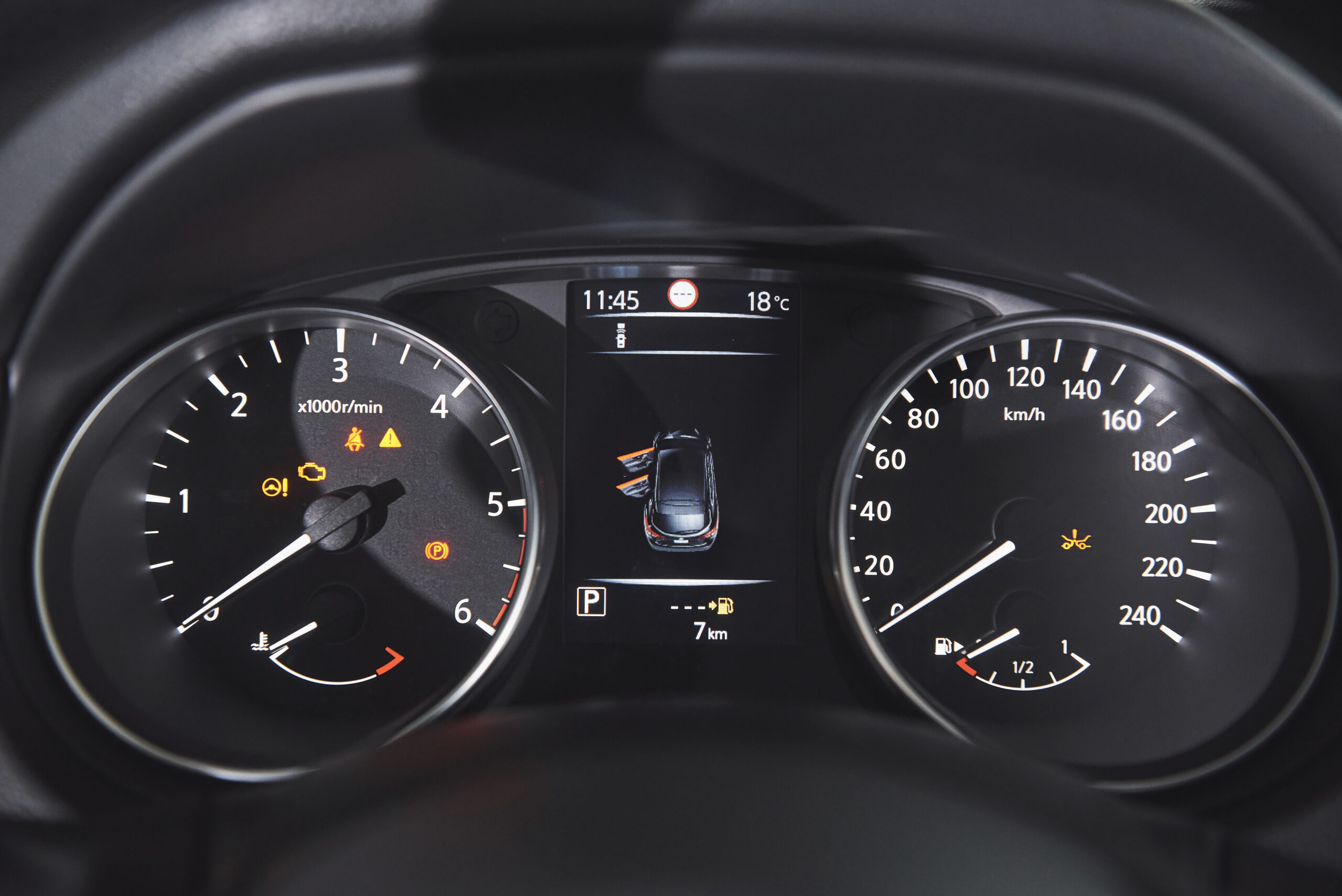Automatic Emergency Braking (AEB) is an advanced safety feature designed to assist drivers in avoiding or mitigating collisions. It utilizes sensors, cameras, and radar technology to monitor the road ahead and automatically apply the brakes if a potential collision is detected. However, like any system, AEB can encounter issues that may trigger warning lights on the dashboard. In this article, we will explore the significance of AEB warning lights, common causes behind their activation, and steps for troubleshooting.
Understanding Automatic Emergency Braking: Automatic Emergency Braking is a driver-assistance technology that helps prevent accidents by automatically applying the vehicle’s brakes when a potential collision is detected. It relies on sensors, such as forward-facing cameras and radar, to monitor the distance and speed of vehicles or obstacles in front. If the system determines that a collision is imminent and the driver fails to respond, it will activate the brakes to mitigate or avoid the impact.
Common Causes of AEB Warning Lights: Several factors can trigger the activation of the AEB warning light:
- Sensor Obstruction: AEB systems use sensors and cameras to detect objects and calculate distances. If these sensors become obstructed by dirt, ice, snow, or other debris, they may not function properly, leading to warning light activation.
- Sensor Damage: Accidental impacts or collisions can damage the AEB sensors, impairing their ability to accurately detect obstacles. Physical damage to the sensors can cause the warning light to illuminate.
- Calibration Issues: AEB systems require precise calibration to accurately detect and respond to potential collisions. If the calibration is not performed correctly or if the vehicle undergoes modifications that affect the system’s alignment, it may result in warning light activation.
- Software or System Malfunction: AEB systems rely on complex algorithms and software to function correctly. Software glitches or system malfunctions can lead to erroneous warning light activation, indicating a problem with the system.
Troubleshooting AEB Warning Lights:
- Check for Sensor Obstructions: Inspect the AEB sensors located in the front of the vehicle for any obstructions or debris. Clean the sensors using a soft cloth to remove dirt, ice, or snow that may be blocking their view.
- Ensure Proper Calibration: If the AEB warning light persists, check if the vehicle has undergone recent repairs, modifications, or wheel alignments. Improper calibration can affect the AEB system’s functionality. Contact a certified technician or the vehicle manufacturer to perform the necessary calibration procedures.
- Scan for Error Codes: Use an onboard diagnostic (OBD) scanner to retrieve any error codes stored in the vehicle’s computer system. These codes can provide valuable information about the specific issue affecting the AEB system. Consult the vehicle’s manual or seek professional assistance to interpret the error codes accurately.
- Professional Inspection: If the cause of the AEB warning light remains unclear or if you are uncomfortable performing further diagnosis and repairs, it is advisable to seek the assistance of a qualified mechanic or dealership. They have the expertise, specialized diagnostic tools, and access to manufacturer-specific information to diagnose and resolve complex AEB system issues.
- Regular Maintenance: Follow the manufacturer’s recommended maintenance schedule for your vehicle. Regular inspections and servicing can help identify potential issues early on and prevent warning light activation. Ensure that the AEB system is included in the maintenance checklist and that all necessary updates or software patches are applied when available.
AEB warning lights should not be ignored, as they indicate potential issues with the automatic emergency braking system. By following the troubleshooting steps outlined in this article and seeking professional assistance when needed, you can identify and resolve the underlying causes of AEB warning light activation. Proper maintenance and timely repairs will ensure the optimal functionality of your vehicle’s AEB system, enhancing safety and providing peace of mind during your journeys.











